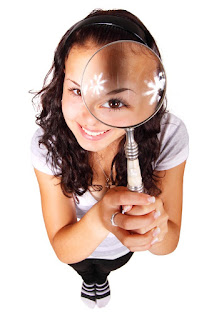Requirements
This app would require a Google Tango device to run. Even though it is possible to develop an app with this idea now, it will become more fun and interactive as time goes on and Google Tango becomes more aware of not only the shape of the space around it but also begins to understand the objects found within that space.
If you are looking to buy a Tango device check out this post which links to the newest devices on the market.
If you are looking to buy a Tango device check out this post which links to the newest devices on the market.
The Idea
Make an app using Google Tango which helps people learn geometry by using the physical space of their environment and augmenting that space with visual aids to help understand the principles of geometry.
Classroom Use
Imagine being in geometry class and not only learning about points, lines, planes and angles on paper but also by seeing and playing with those ideas in physical space via augmented reality.
The Google Tango app could be used by teachers in classrooms to augment learning and understanding of concepts covered during the lecture.
Other Use
This app would also do well with adults and children that want to learn outside of the classroom. As in many of the educational apps already on the market, this app could provide content that covers many of the principles someone would cover in a classroom setting. The user could explore and learn in a self-paced manner.
Checkout the video
While this video from 2010 is not using Google Tango, it will give you an idea of how augmented reality can be used to teach geometry. Also it's not in English, but you'll soon see that doesn't matter.













